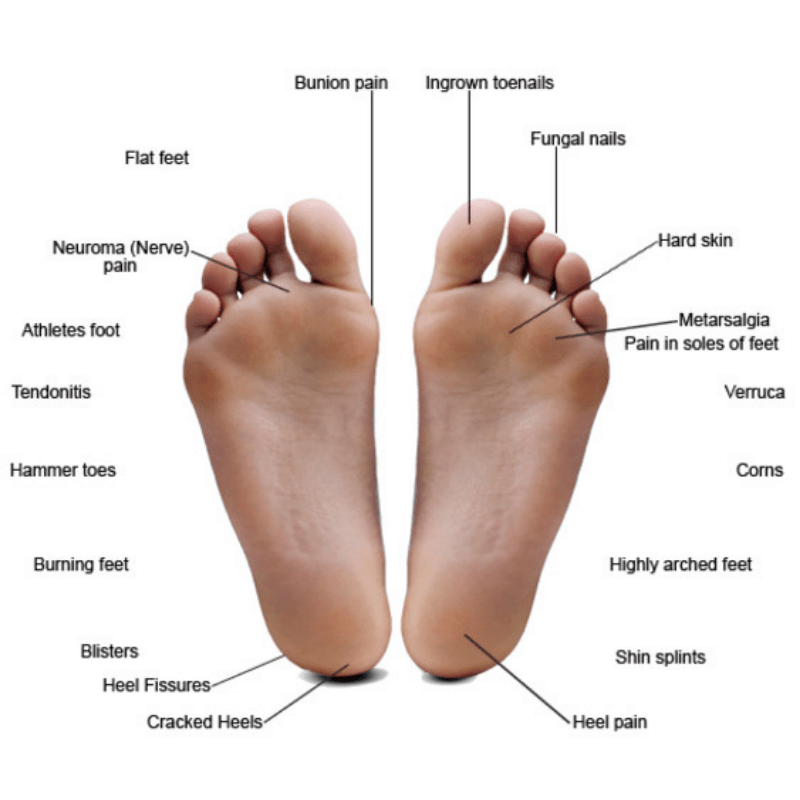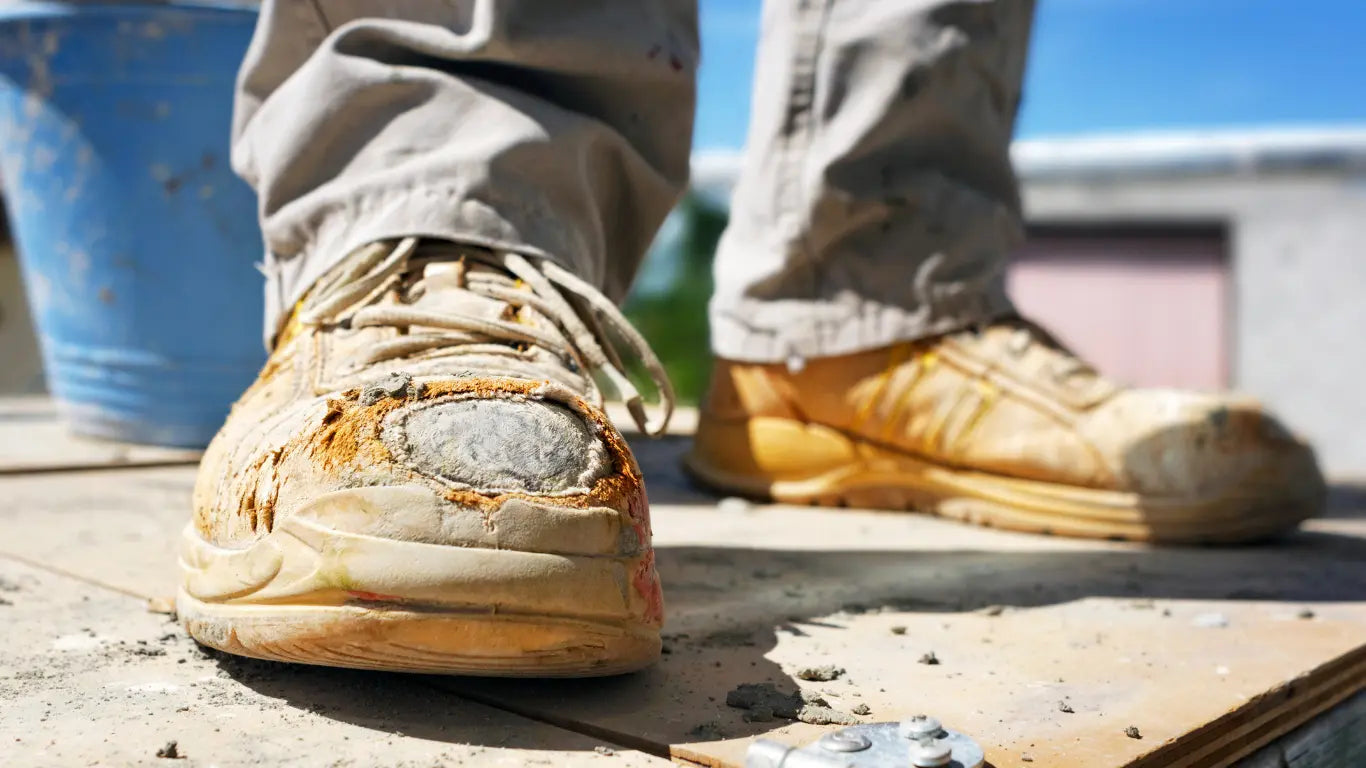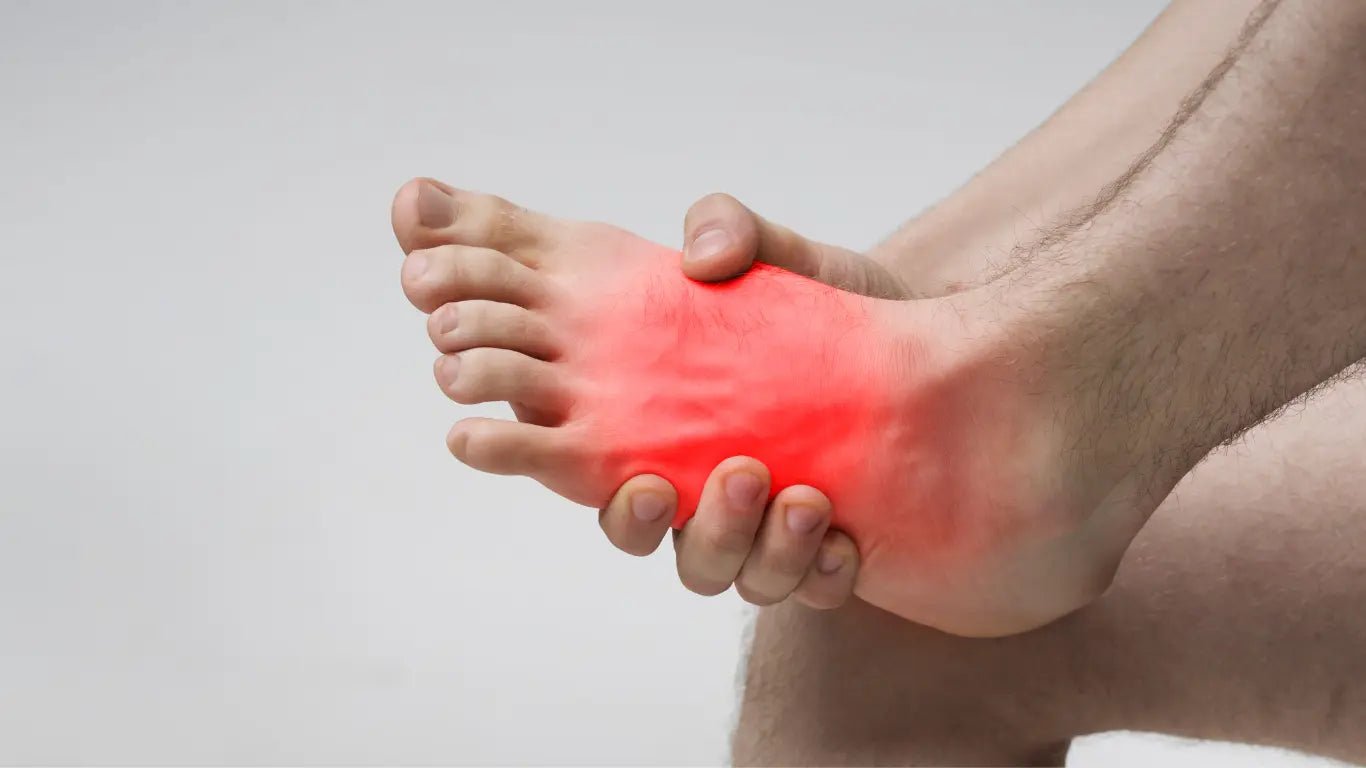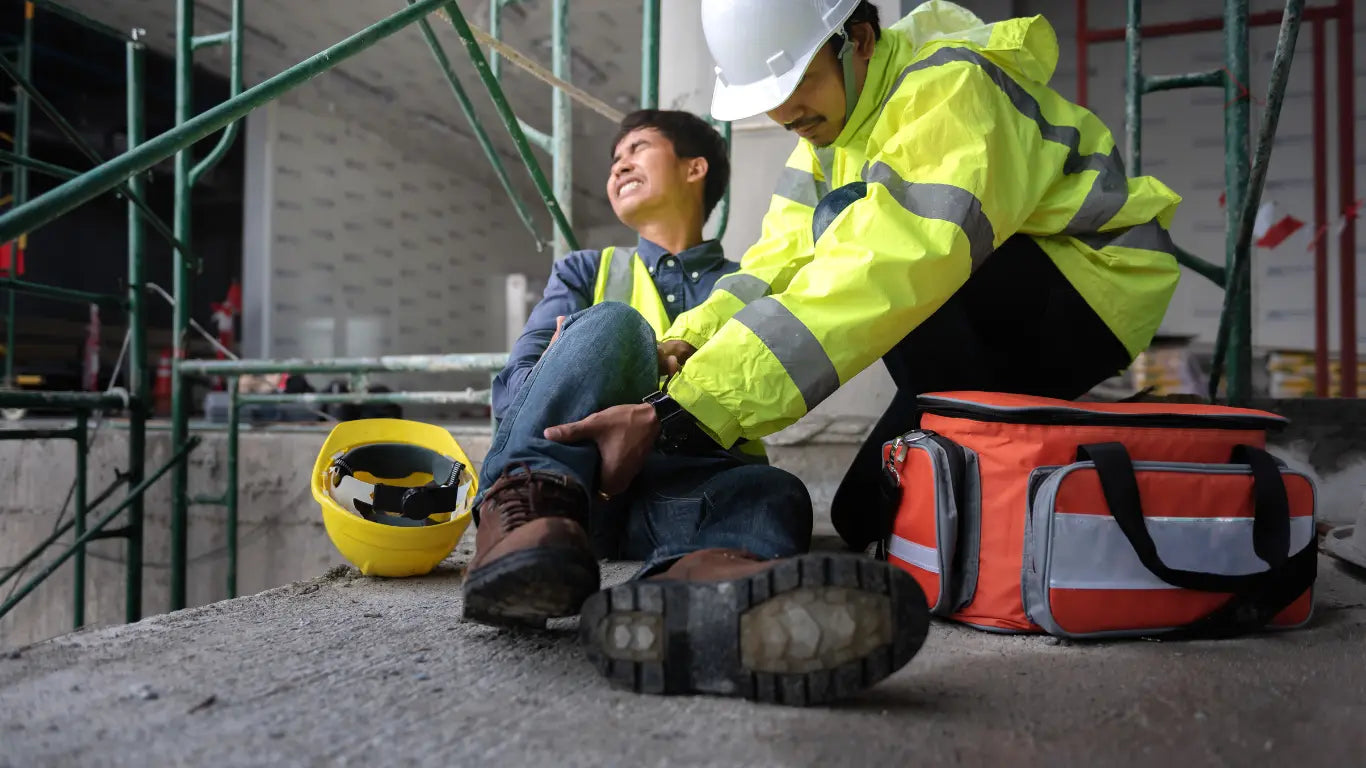The feet are complex structures that, as you already know, are particularly important. Our feet are our foundation, and their functions are to bear our weight when standing and propulsion, ie. Walking, running, jumping, etc. But do you really know your feet and what can go wrong with them? In this piece I will dive into what makes up the feet, painful conditions that affect the feet and ways different treatment options for painful foot conditions.
What exactly makes up the feet?
The feet are flexible structures of bones, joints, muscles, and soft tissues that let us stand upright and perform activities like walking, running, and jumping. They are made up of:
- 26 bones each (28 if you include the small oval sesamoids under the 1st metatarsal)
- 30 joints
- 100+ muscles, tendons & ligaments
The feet are divided into three sections:
- The forefoot: contains the five toes (phalanges) and the five longer bones (metatarsals).
- The midfoot: is a pyramid-like collection of bones that form the arches of the feet. These include the three cuneiform bones, the cuboid bone, and the navicular bone.
- The hindfoot: forms the heel and ankle. The talus bone supports the leg bones (tibia and fibula), forming the ankle. The calcaneus (heel bone) is the largest bone in the foot.
Muscles, tendons, and ligaments run along the surfaces of the feet, allowing the complex movements needed for motion and balance. The Achilles tendon connects the heel to the calf muscle and is essential for running, jumping, and standing on the toes. I’m not going to go into the different muscles, tendons or ligaments here but there’s a lot and they all have a specific function.
What are the different foot conditions?
Now I am going to dive into different foot conditions on a high level. This piece is not meant for you to self-diagnose your foot pain but to merely outline what can go wrong with the feet.
- Plantar fasciitis: Inflammation in the plantar fascia along the bottom of the foot. Pain in the heel and arch are the main symptoms and they are the worst in the morning. It is also called the “First Step Syndrome”
- Osteoarthritis of the feet: Age and wear and tear cause the cartilage in the feet to wear down. Pain, swelling, and deformity in the feet are symptoms of osteoarthritis.
- Gout: An inflammatory condition in which crystals periodically deposit in joints, causing severe pain and swelling. The big toe is often affected by gout.
- Athlete's foot: A fungal infection of the feet, causing dry, flaking, red, and irritated skin. Daily washing and keeping the feet dry can prevent athlete's foot. The proper socks can also prevent excess heat and sweating that cause bacteria and fungus to grow in your shoes.
- Rheumatoid arthritis: An autoimmune form of arthritis that causes inflammation and joint damage. Joints in the feet, ankle, and toes may be affected by rheumatoid arthritis.
- Bunions (hallux valgus): A bony prominence next to the base of the big toe that may cause the big toe to turn inward. Bunions may occur in anyone but are often caused by heredity or ill-fitting footwear.
- Achilles’ tendon injury: Pain in the back of the heel may suggest a problem with the Achilles tendon. The injury can be sudden or a nagging daily pain (tendinitis).
- Diabetic foot infection: People with diabetes are vulnerable to infections of the feet, which can be more severe than they appear. People with diabetes should examine their feet daily for any injury or signs of developing infection such as redness, warmth, swelling, and pain.
- Swollen feet (edema): A small amount of swelling in the feet can be normal after prolonged standing and common in people with varicose veins. Feet edema can also be a sign of heart, kidney, or liver problems.
- Calluses: A buildup of tough skin over an area of frequent friction or pressure on the feet. Calluses usually develop on the balls of the feet or the heels and may be uncomfortable or painful.
- Corns: Like calluses, corns consist of excessive tough skin buildup at areas of excessive pressure on the feet. Corns typically have a cone shape with a point and can be painful.
- Heel spurs: An abnormal growth of bone in the heel, which may cause severe pain during walking or standing. People with plantar fasciitis, flat feet, or high arches are more likely to develop heel spurs.
- Ingrown toenails: One or both sides of a toenail may grow into the skin. Ingrown toenails may be painful or lead to infections.
- Fallen arches (flat feet): The arches of the feet flatten during standing or walking, potentially causing other feet problems. Flat feet can be corrected with shoe inserts (orthotics), if necessary.
- Nail fungal infection (onychomycosis): Fungus creates discoloration or a crumbling texture in the fingernails or toenails. Nail infections can be difficult to treat.
- Mallet toes: The joint in the middle of a toe may become unable to straighten, causing the toe to point down. Irritation and other feet problems may develop without special footwear to accommodate the mallet toe.
- Metatarsalgia: Pain and inflammation in the ball of the foot. Strenuous activity, excess pressure on the ball of the foot, or ill-fitting shoes are the usual causes.
- Claw toes: Abnormal contraction of the toe joints, causing a claw-like appearance. Claw toe can be painful and usually requires a change in footwear.
- Fracture: The metatarsal bones are the most frequently broken bones in the feet, either from injury or repetitive use. Pain, swelling, redness, and bruising may be signs of a fracture.
- Plantar wart: A viral infection in the sole of the foot that can form a callus with a central dark spot. Plantar warts can be painful and difficult to treat.
- Morton's neuroma: A growth consisting of nerve tissue often between the third and fourth toes. A neuroma may cause pain, numbness, and burning and often improves with a change in footwear and/or the use of orthotics with a metatarsal pad.
What are the most common treatments for foot conditions?
As a Certified Pedorthist, I am not allowed to diagnose foot conditions or prescribe treatment plans as I’m not a licensed physician. Knowing this, not all people are interested in seeing a podiatrist nor do all people need to see one. I am trained and certified in foot conditions and helping people overcome them when their conditions do not warrant seeing a physician. Below are the most common treatments for foot conditions:
- Footwear: The correct footwear is the single most valuable tool you can purchase to help overcome foot pain. There are many different types and styles of footwear on the market that I’ll go into in another topic but it’s important!
- Orthotics: Arch support worn in the shoes can improve many foot problems. Orthotics may be custom or pre-fabricated. I have the ability to provide orthotics on the spot during our 1-hour appointment vs. the traditional medical grade orthotics that typically take 3-4 weeks to fabricate – And at a much lower cost.
- Physical therapy: A variety of exercises can improve flexibility, strength, and support of the feet and ankles.
- Surgery: In some cases, fractures or other problems with the feet require surgical repair. Surgery should always be considered the last resort when it comes to overcoming painful foot conditions.
- Pain medicines: Over-the-counter pain relivers can be used temporarily for foot pain and NSAID’s are the best as they are also anti-inflammatory.
- Antibiotics: Bacterial infections of the feet may require antibacterial drugs given orally or intravenously, prescribed by a physician.
- Antifungal medicines: Athlete's foot and other fungal infections of the feet can be treated with topical or oral antifungal medicines. You can typically find these OTC from a drug store.
- Cortisone injection: An injection of a steroid may be helpful in reducing pain and swelling in certain foot problems.
So there you have it folks. I hope you have learned something about the structure of your feet, painful foot conditions that people experience and some ways to treat them. The biggest advice I would give you is if your experiencing foot pain, or knee, hip and back pain, consult with someone who is trained and certified to make recommendations about your feet. This is important. There are retailers out there that employ “Sales-Persons” that are metrics driven and may not be trained and certified. If you’re experiencing foot pain and you’re referred to the wrong footwear or orthotics, you can worsen your condition.
Bryan Acheson, CPed | (804) 821-1321 | Bryan@solelytics.com
--I am a Board Certified Pedorthist. I am not a medical doctor or Podiatrist. I have been trained and certified in foot assessments, gait analysis, orthotic fabrication and fitting and footwear fitting. As a Certified Pedorthist I cannot diagnose foot conditions nor prescribe remedies for foot conditions. If you are experiencing a severe foot condition or one that is chronic and will not remedy itself after over-the-counter intervention, I always recommend you make an appointment with a Podiatrist or medical professional--





